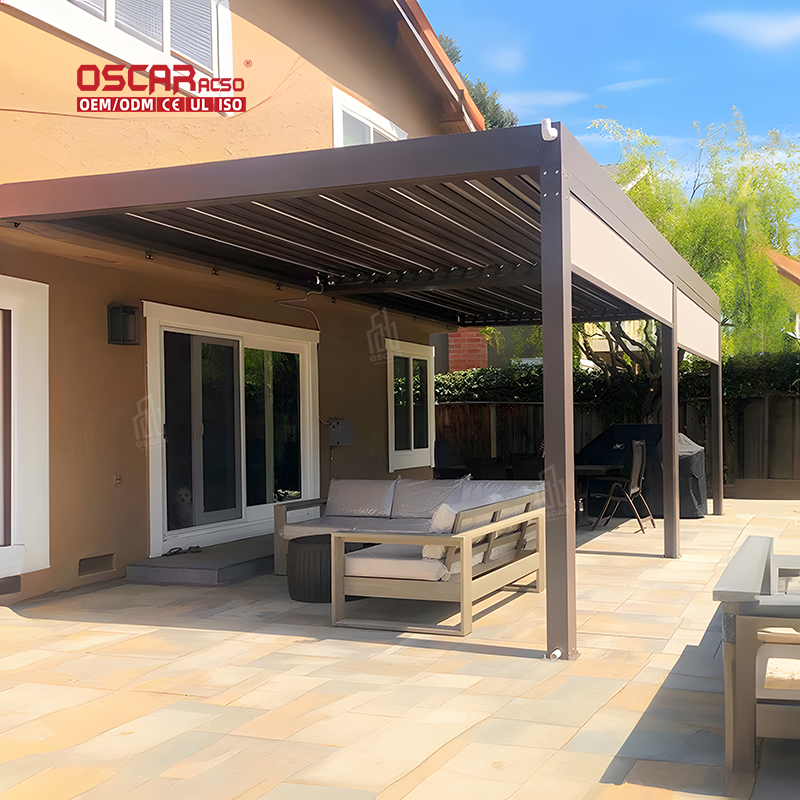Pergola Production Unveiled, Global Craftsmanship Secrets
Pergolas: more than just garden structures 🌿A pergola is an outdoor structure, typically made of wood or metal, desi...
Pergolas: more than just garden structures 🌿

A 涼亭 is an outdoor structure, typically made of wood or metal, designed to provide shade and a defined space for relaxation or entertainment. But have you ever wondered where these elegant additions to our gardens are actually made? The answer is more global and fascinating than you might think.
Where are pergolas made?
The manufacturing of pergolas is a truly global endeavor, leveraging expertise and materials from various corners of the world.
- •
China: The Industrial Powerhouse 🇨🇳
China is a major player in the mass production of pergolas, particularly those utilizing modern materials like aluminum alloy. Companies in regions like Guangdong manufacture a wide range of pergolas, from standard sizes to fully customized designs. These products often feature advanced functionalities such as motorized operation, remote control, adjustable louvers (0-100 degrees), and even integrated LED lighting and automatic rain sensors. The focus is on durability, weather resistance (with some boasting IP67 waterproof ratings and wind resistance up to 28m/s), and efficient large-scale production.

- •
Southeast Asia: Craft and Cost-Effectiveness 🛠️
While my search results specifically detail jewelry production in Thailand (e.g., Pandora’s large-scale manufacturing with nearly 15,000 artisans), it highlights the region’s established infrastructure for skilled craftsmanship and cost-effective production. This expertise in detailed work and large-volume output can extend to other manufactured goods, suggesting the potential for pergola production or component sourcing in areas like Thailand and Vietnam, especially given their skilled labor pools and trade roles.
- •
Local Artisans and Craftsmen 🏡
Beyond large-scale manufacturing, many pergolas are built locally by carpenters, metalworkers, and landscaping companies. This allows for highly customized designs tailored to specific gardens, architectural styles, and personal preferences. Local construction often supports the use of regional materials.
How to choose a quality pergola

Selecting the right pergola involves considering several factors:
- •
Material: Choose between classic wood (like cedar or redwood for natural decay resistance) or low-maintenance metals like powder-coated aluminum.
- •
Functionality: Decide if you need fixed shade or desire adjustable louvers for control over sunlight and ventilation.
- •
Durability: Look for structures built to withstand your local climate—check wind and snow load ratings, as well as corrosion resistance.
- •
Origin and Craftsmanship: Consider whether your priority lies with the cost-effectiveness and advanced features of mass-produced models or the unique character and customization offered by local builders.

The future of pergola manufacturing
The pergola industry is evolving. We see a trend towards smart, motorized systems with integrated lighting and weather-responsive features. Sustainability is also becoming increasingly important, with a focus on durable materials and environmentally conscious production processes. Furthermore, the demand for customization continues to grow, allowing homeowners to create unique outdoor living spaces tailored to their exact needs and tastes.
Understanding where pergolas are made provides a glimpse into a blend of global industry and local craftsmanship, all aimed at enhancing our outdoor living experiences.
.jpg)

.jpg)
.jpg)